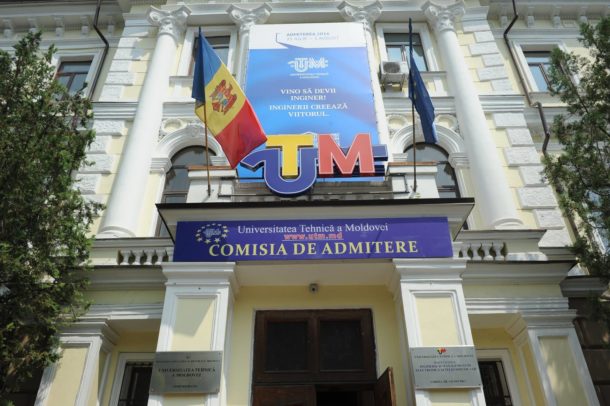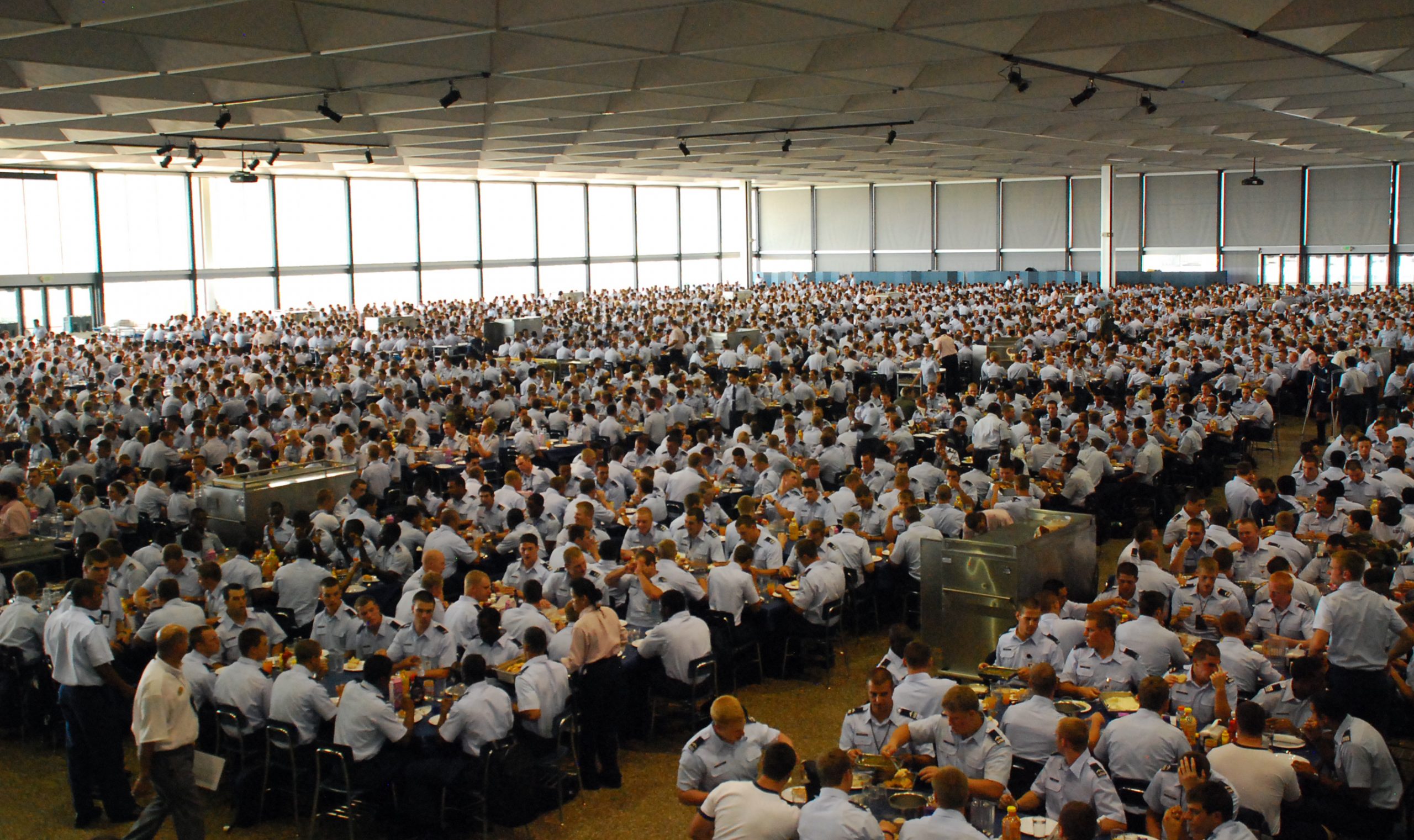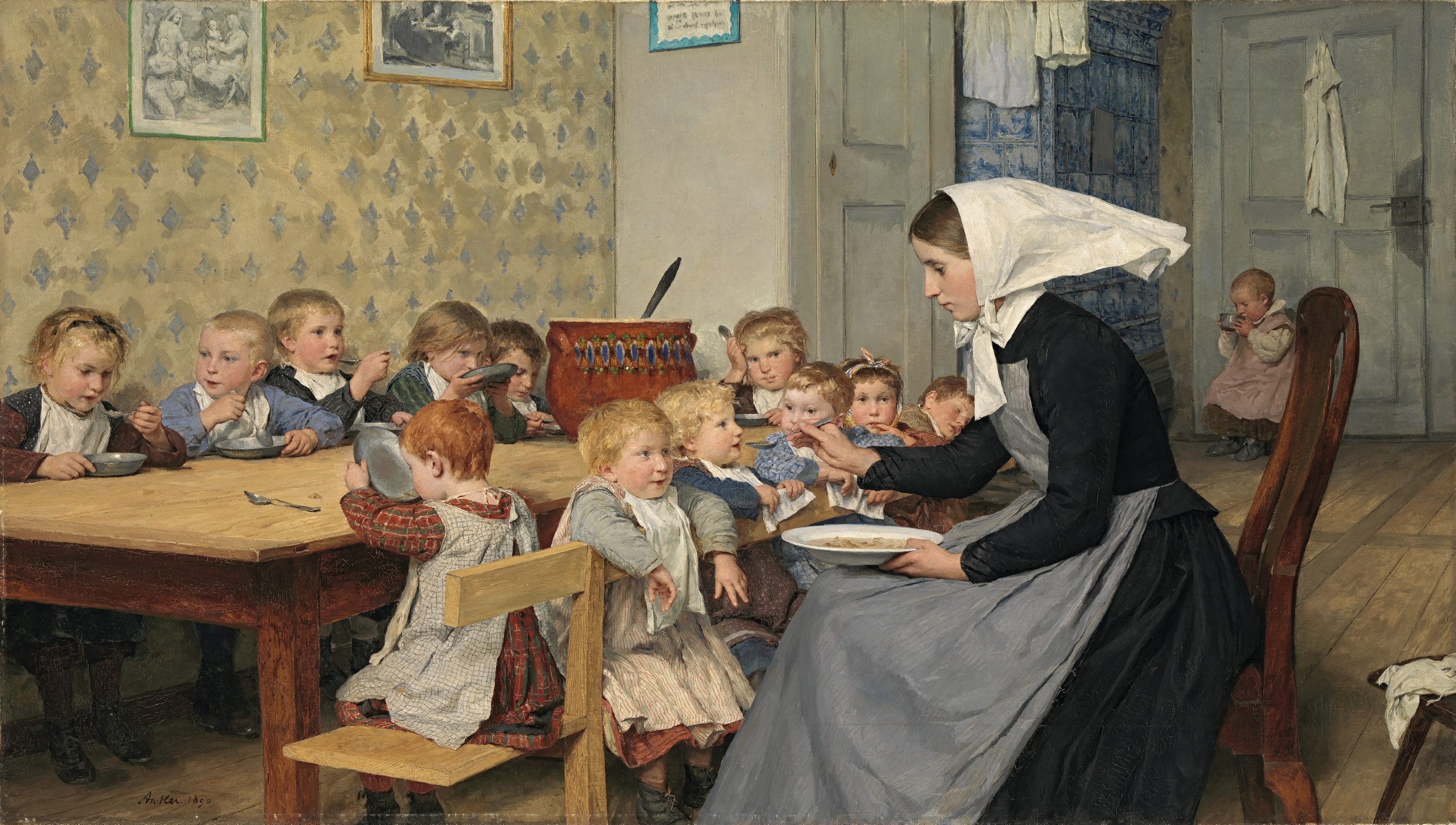Increasing energy efficiency of the gases production process in bakery ovens
Technical University of Moldova
Abstract. The current work presents the solution of increasing energy efficiency of the processes of obtaining gases, used as heat carrier for baking processes in tunnel type ovens, by integration of cogeneration. A comparative energetic analysis was carried out between the processes of obtaining gases in bakery ovens and those with integrated cogeneration. The evaluation of energy efficiency, of the proposed technical solution, is based on drawing up the energy balance of processes, the one with gases production in the combustion chamber of classic bakery oven and that of the internal combustion engine. The evaluation of energy efficiency of the classical gas production process in the tunnel type oven is based on experimental data whereas the efficiency of method proposed in this work is based on theoretical data. The energetic analysis was performed in order to demonstrate that the integration of a cogeneration installation in bakery ovens contribute to reducing losses in the processes of obtaining gases, thus increasing the energy efficiency.
CLICK HERE to order complete paper



















